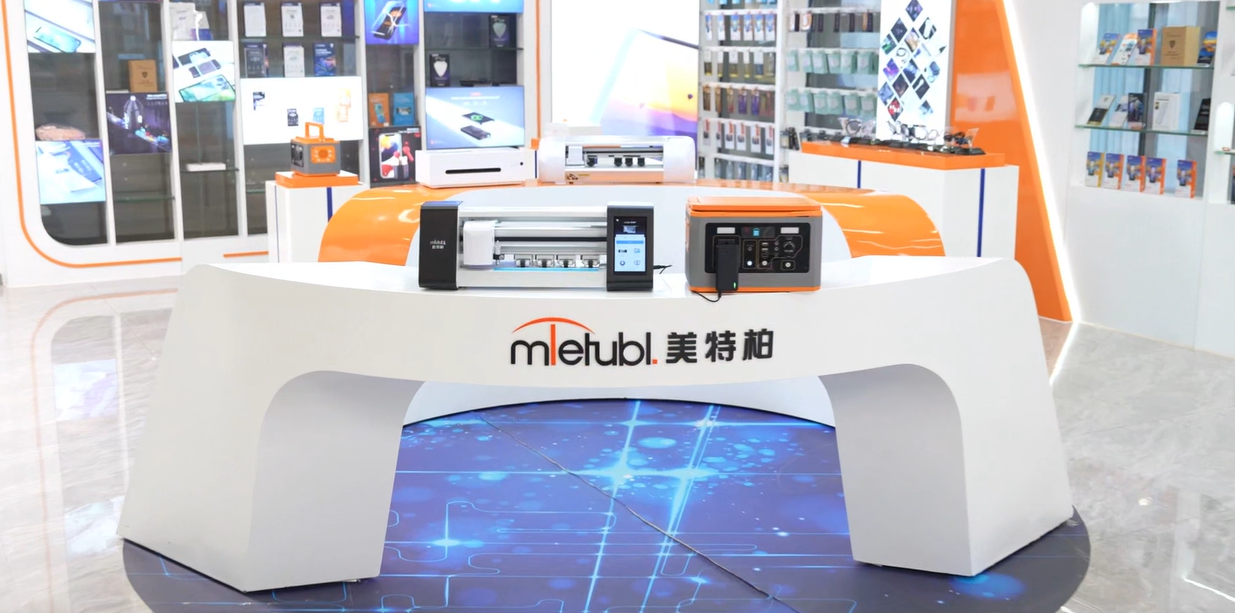
MIETUBL Brand Overview
MIETUBL is a brand originating from China and thriving through China’s intelligent manufacturing. It is committed to providing high-quality mobile accessories and related products to global consumers. Since its inception in 1998, the brand has followed the trends of the times, focusing on resource integration and building a symbiotic and shared industry ecosystem, enabling global consumers to conveniently access quality products that enhance their lives.
By continuously innovating and diversifying its product offerings, MIETUBL has achieved significant success in the mobile accessory industry. As a brand driven by customer value and innovation, MIETUBL has expanded into various product applications while accumulating rich industry experience and establishing a stable customer base. Headquartered in Zengcheng, Guangzhou, the company has strategically positioned itself within the mobile accessory industry, integrating high-quality production resources and aiming for a win-win business model.
Core Values and Development Vision:
-
Customer-Centric: MIETUBL always prioritizes customer needs, continually enhancing product quality and consumer experience through innovation and technological research and development.
-
Resource Integration and Industry Symbiosis: By integrating industry resources, MIETUBL creates a symbiotic, shared industry ecosystem, connecting global distributors and consumers, and promoting mutual growth across the value chain.
-
Global Vision: MIETUBL is committed to bringing Chinese manufacturing to the world, providing global consumers with high-quality, innovative mobile accessories, while offering profitable opportunities for distributors.
MIETUBL’s long-term vision is to continually enhance its products through innovation and quality, establishing “MIETUBL” as a globally trusted brand, recognized in markets around the world.
PRODUCTS
How High Aluminum Tempering Glass Resists Shattering and Chips from Drops
The Role of Tempering in Enhancing Strength
The process of tempering dramatically alters the inherent properties of glass. Annealed glass, cooled slowly and uniformly, possesses a relatively uniform internal stress distribution. Tempering, however, involves heating the glass to a high temperature near its softening point, followed by rapid cooling, typically using forced air jets. This rapid cooling induces compressive stresses on the surface of the glass and tensile stresses in the core. This carefully controlled stress profile is what makes tempered glass significantly stronger than annealed glass.
The compressive surface stresses are crucial for impact resistance. When an external force is applied, such as a drop or impact, the compressive stresses must first be overcome before the glass begins to fracture. This creates a significant energy barrier, making the glass much more resistant to cracking or shattering compared to annealed glass which lacks this inherent stress advantage. The higher the compressive stress, the higher the impact resistance.
The Contribution of Aluminum
While the tempering process is fundamental, incorporating aluminum further enhances the strength and impact resistance of the glass. Aluminum is often used in conjunction with tempering in various ways. It could be incorporated as a strengthening interlayer within laminated glass, or as a frame or support structure for the glass itself. In laminated glass, the aluminum interlayer acts as a bonding agent, holding the glass fragments together even after a significant impact. This prevents shattering and keeps the broken glass from dispersing, significantly improving safety.
When used as a frame or support structure, aluminum contributes to the overall strength and stability of the glass assembly. It provides additional support to the glass panel, effectively distributing any impact forces and preventing localized stress concentrations that could lead to premature failure. This is particularly relevant for large glass panels or those subject to significant external loads.
Impact Resistance and Fracture Behavior
The impact resistance of high aluminum tempering glass is significantly higher than that of annealed glass. When a tempered glass panel is subjected to an impact, it's more likely to fracture into small, relatively harmless granular pieces rather than sharp, jagged shards. This is because the pre-existing compressive stresses hinder crack propagation. The aluminum interlayer, if present, further confines the fragmentation, preventing the dispersal of these fragments.
The fracture pattern of tempered glass is also distinct. Instead of a single, large crack extending across the surface, tempered glass typically fractures into a multitude of smaller pieces. This granular fragmentation significantly reduces the risk of serious injuries compared to the sharp shards produced by the shattering of annealed glass. The aluminum component further enhances this behavior by providing additional resistance to crack growth.
Applications and Safety Implications
The superior impact resistance of high aluminum tempering glass makes it a popular choice for various safety-critical applications. Its use in automotive windshields, building facades, and smartphone screens exemplifies its crucial role in enhancing safety. In automotive applications, the laminated construction with an aluminum interlayer provides a crucial safety barrier, significantly reducing the risk of injury in the event of an accident. The improved impact resistance also ensures the structural integrity of building facades, minimizing the risk of damage from impacts, weather, or accidental collisions.
In conclusion, the high impact resistance of aluminum tempering glass stems from a synergistic combination of the tempering process and the inclusion of aluminum. The compressive surface stresses introduced during tempering, coupled with the reinforcing properties of aluminum, create a material significantly more resistant to shattering and chipping than traditional annealed glass. This enhanced resilience significantly improves safety and durability, making it a preferred choice in a wide array of applications.
SUBSCRIBE
INQUIRY